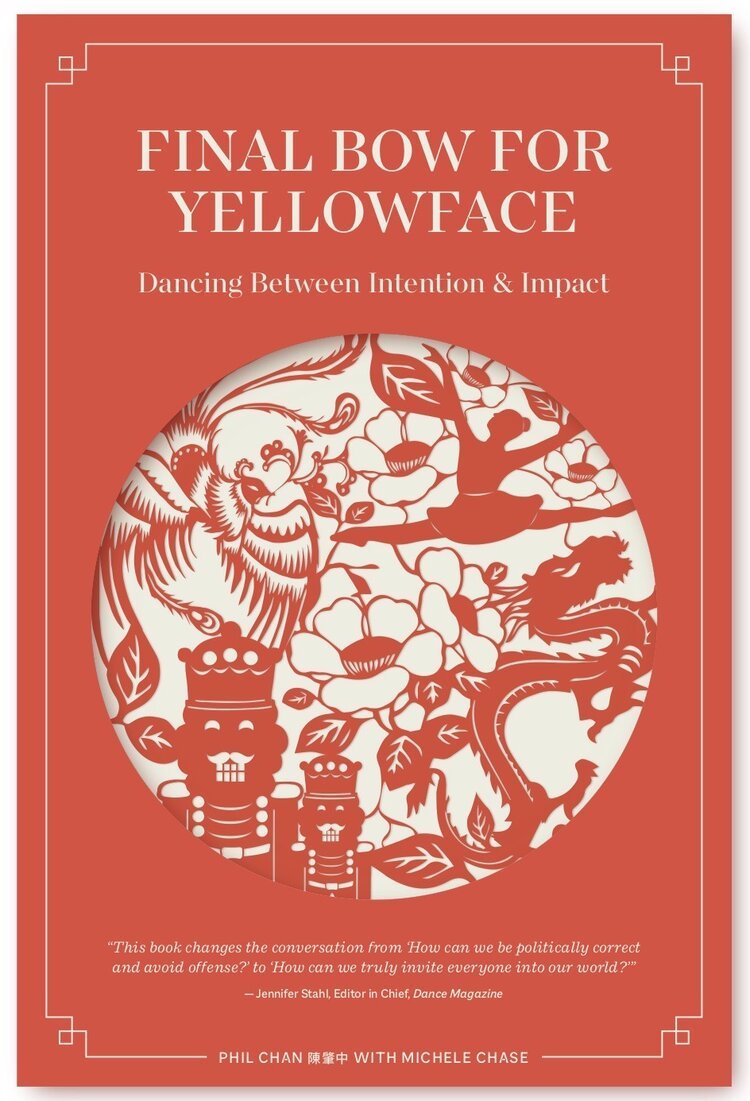
THEIR STORY
Final Bow for Yellowface (www.yellowface.org) was founded by Georgina Pazcoguin, New York City Ballet soloist, and Phil Chan, arts administrator and educator, with a simple pledge, "I love ballet as an art form, and acknowledge that to achieve a diversity amongst our artists, audiences, donors, students, volunteers, and staff, I am committed to eliminating outdated and offensive stereotypes of Asians (Yellowface) on our stages." Since 2017, almost every major American ballet company has signed the pledge, and Gina and Phil have advised performing arts groups on how to maintain the integrity of works from the classical Western canon while updating outdated representations of Asians. Final Bow for Yellowface was cited in the Paris Opera’s diversity report as a contributing factor in their decision to climate blackface and yellowface from their stages. Gina and Phil have presented talks on yellowface and orientalism in dance at 92Y, the Guggenheim's Works & Process, the New York Public Library for the Performing Arts at Lincoln Center, the Museum at FIT, and the Pennsylvania Academy of Fine Arts (PAFA), The Washington Ballet, the Joffrey Ballet School, as well as at higher educational institutions such as Chapman University, Columbia University, Drexel University, Goucher College, Harvard, NYU, Princeton, Purchase College, SUNY Buffalo, UPenn, and Yale among others.
THEIR BOOK
Who would have guessed that one short conversation with New York City Ballet Artistic Director Peter Martins would change the course of how we approach America’s favorite holiday ballet, and serve as a catalyst for changing how we talk about race in America?
Phil Chan, arts advocate and co-founder of Final Bow for Yellowface, chronicles his journey navigating conversations around race, representation, and inclusion arising from issues in presenting one short dance—the Chinese variation from The Nutcracker. Armed with new vocabulary, he recounts his process and pitfalls in advising Salt Lake City’s Ballet West on the presentation of a lost Balanchine work from 1925, Le Chant du Rossignol.
Chan encounters orientalism, cultural appropriation, and yellowface, and witnesses firsthand the continuing evolution of an Old World aristocratic dance form in a New World democratic environment. As a storyteller, Chan presents a mix of dance and Chinese American history, personal anecdotes, and best practices for any professional arts organization to use for navigating issues around race, while outlining an essential path American ballet must take in order for our beloved art form to stay alive for a growingly diverse 21st century audience.


